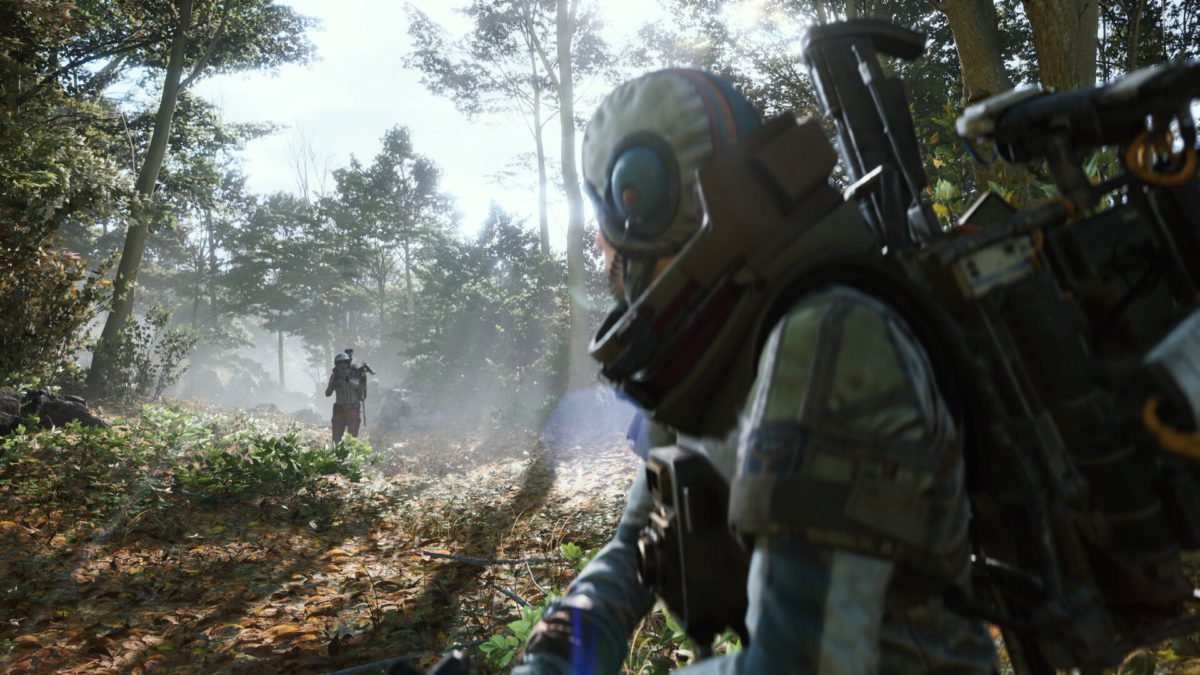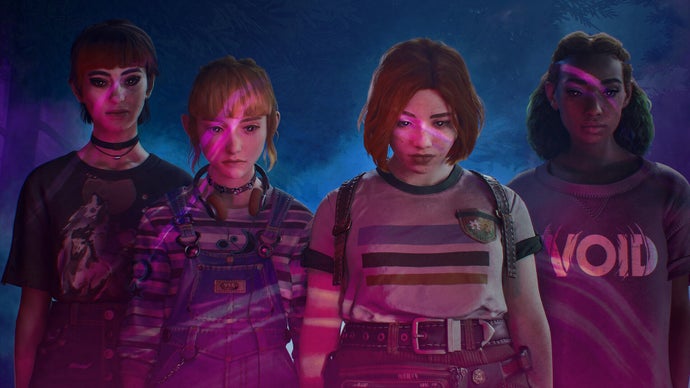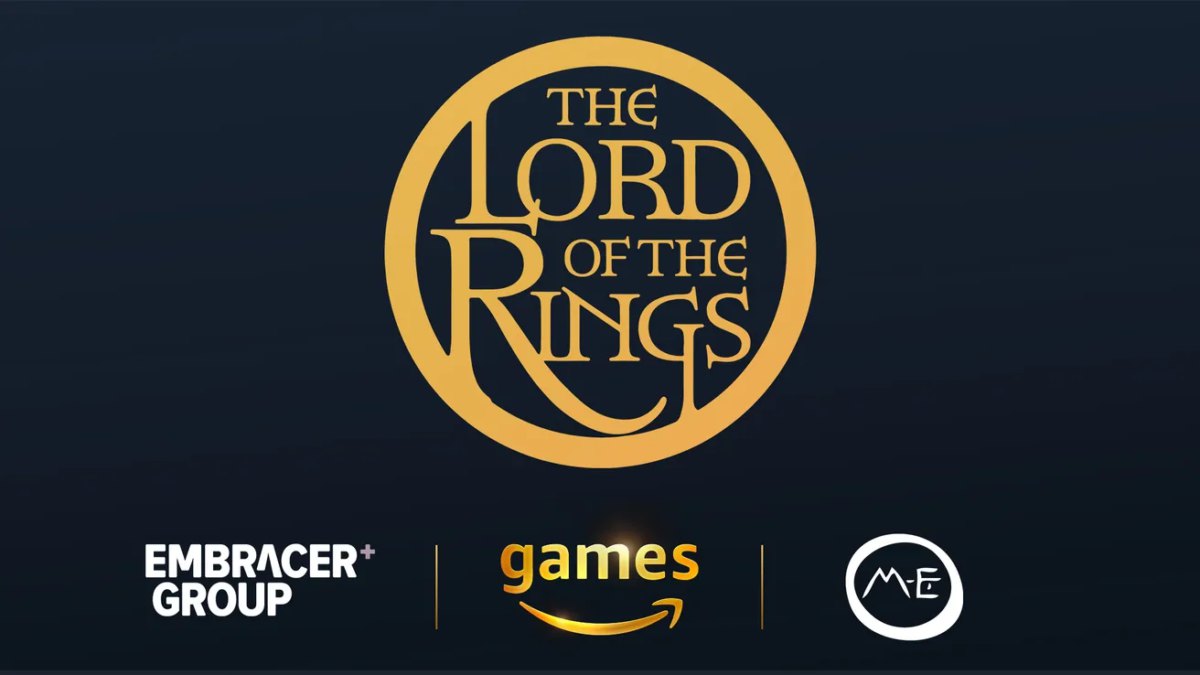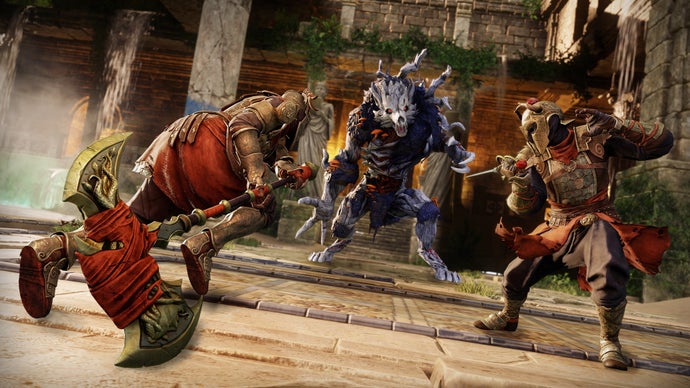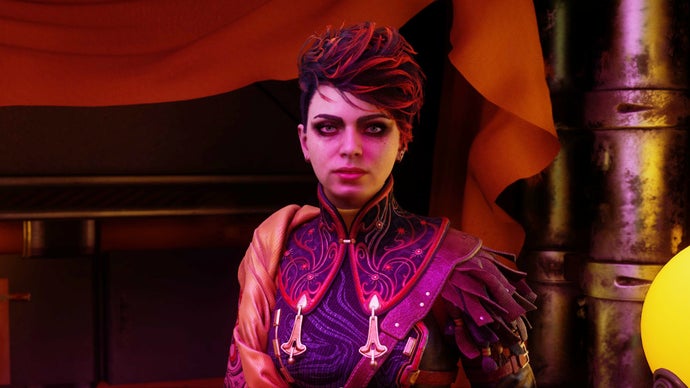
The developer of Arc Raiders isn’t worried about coming out between Battlefield 6 and Call of Duty: Black Ops 7, insisting: “we believe the game can launch there.”
Arc Raiders ended its recent ‘Server Slam’ playtest with big player numbers on Steam, suggesting a strong launch ahead of its October 30 release date. It hit a peak concurrent player count of 189,668, making it one of the most-played games on Valve’s platform the weekend it ran and the biggest extraction shooter ever on Steam. That said, with the full release slated for tomorrow, which happens to be between the launch dates of two of the world’s biggest FPS franchises, Embark Studios CEO Patrick Soderlund admitted some people may wonder “what the hell are they doing?”
“I know. The insanity,” Soderlund told The Game Business. “People may look at that [Arc Raiders’ release date] and say, ‘What the hell are they doing?’ We have spent a lot of time looking at this from multiple angles and you know, for right or wrong, we believe that the game can launch there. This is the start of a long journey. It needs to start somewhere.”
As for whether or not the game’s huge playtest was enough to retain players for a full release? “I think it comes down to not being complacent enough to believe that we can build something without making a meaningful impact or innovation,” Soderlund said. “We have to bring something so that people pay attention. And if we’ve done a good enough job, maybe they’ll stick around. But in order for them to break away from what they’re already playing, there needs to be an attraction.
“A couple of years ago, I was concerned about Arc Raiders and whether it would find its market. So, when we launched the technical test, which was earlier in the spring, we were just blown away by how many people played it. We obviously tried our best to market it, but it became one of those things that just spread virally. We were humbled by that. It’s testament to the work that the team has done building something that is complicated, yet accessible. Something that is easy to play, yet has a lot of gameplay depth.”
Arc Raiders’ design director has said it was fortuitous timing to have its extraction shooter launch a playtest around the same time as Bungie’s Marathon, calling it “a great A/B test for us.” In an interview last week, Virgil Watkins said: “It was very coincidental that they had their test around the time we did. To my knowledge, I don’t think any of us knew that was going to happen. It was a very great A/B test for us, because obviously, they made decisions that we didn’t, and vice versa. So we could kind of compare and contrast how some of those things shook out.”
Embark Studios’ previous game, free-to-download competitive shooter The Finals, is still going, although its concurrent player numbers on Steam are a far cry from those during its explosive launch back in December 2023.
Vikki Blake is a reporter for IGN, as well as a critic, columnist, and consultant with 15+ years experience working with some of the world’s biggest gaming sites and publications. She’s also a Guardian, Spartan, Silent Hillian, Legend, and perpetually High Chaos. Find her at BlueSky.

